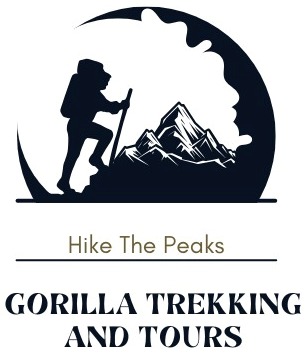Discover Congo Tourist Attractions
The Democratic Republic of the Congo is named after the Congo River, which flows throughout the country. The Congo River is the world’s deepest river and the world’s second largest river by discharge. Despite the Democratic Republic of Congo is one among the least toured countries in Africa, slow by slowly the country is beginning to take ground in the tourism industry. Sadly, the past few years have been quite devastating with a number of internal conflicts that have scared away several tourists from the country. Today, the country prides in its equatorial verdant jungles, numerous rivers, Volcano Mountains, and the several high mountains.
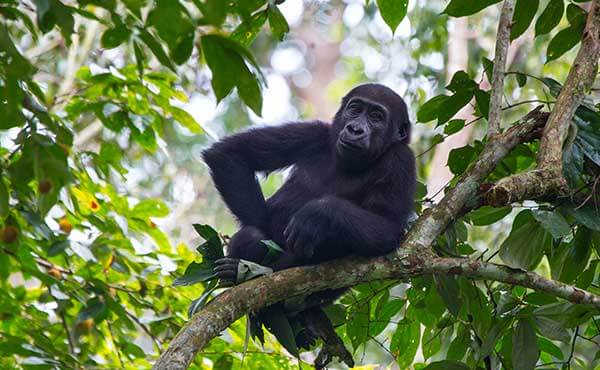
CONGO TOURIST ATTRACTIONS
DR Congo has been for long an isolated country with no tourism prospects. This has changed dramatically over the last few years with publicity for the Virunga N.P. and other congo attractions. The world’s largest Gorilla’s, the Eastern Lowland Gorillas in Kahuzi-Biega N.P, relaxing on Tchegera island in Lake Kivu or tracking the endangered mountain Gorillas in the oldest national park in Africa. Discover more about congo attractions below;
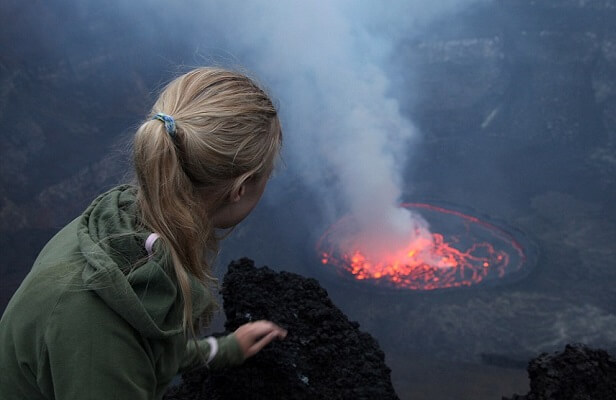
Nyiragongo Volcano Lava
Climbing the Nyiragongo volcano is one of the highlights of visiting DR Congo. In 4-6 hours you will reach the summit where you will spend the night in the basic summit shelters. At night the large lava sea in the crater of the volcano is a fascinating sight. You will have a porter carrying your backpack while you concentrate on the beauty of this volcano. Reaching the top your hot meal awaits you prepared by your personal cook. Not many people have gone before you on this thrilling adventure. Climbing one of the most active volcanos in the world, stunning nature and a sea of lava when you reach the summit.
Congo Flora and Fauna
The Democratic Republic of Congo (DRC) is found in the heart of Africa sharing boundaries with Congo Republic, Rwanda, Sudan, Angola, Central African Republic (CAR), Burundi, Tanzania, and Uganda…it is really a big country. The country is embedded in awesome tropical rainforests stretching to the borders of Rwanda and Uganda, scenic volcanic mountains shared with Rwanda, mineral-rich regions such as Katanga, and the lower Congo River basin that sustains wildlife within DR Congo. Tourist on DR Congo holidays and travel should look forward to a fascinating country and more so embrace mountain gorilla trekking in south eastern Congo
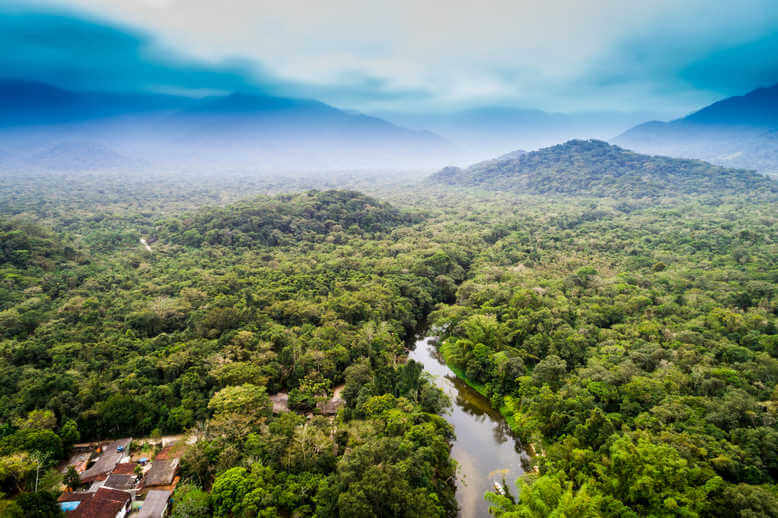
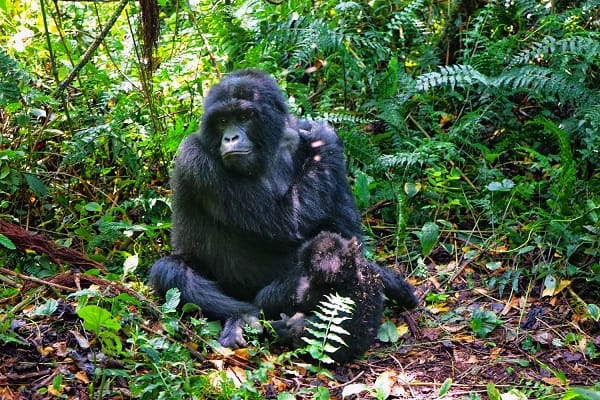
Virunga National Park
DRC’s magnificent attraction is the Virunga, Africa’s oldest national park and home to mountain gorillas, chimpanzees and the incredible, active Nyiragongo volcano (climbed on a thrilling two-day expedition). Having been the subject of the Oscar-nominated documentary Virunga in 2014, the park grew fast in popularity until May 2018 when the kidnapping of two British nationals led to it indefinitely suspending all tourism operations. The pair were released unharmed, but management has said they won’t welcome more visitors until they can guarantee their safety.
Lola ya Bonobo Sanctuary
Lola ya Bonobo is the world’s only sanctuary for orphaned bonobos. Since 2002, the sanctuary has been located just south of the suburb of Kimwenza at the Petites Chutes de la Lukaya, Kinshasa, in the Democratic Republic of the Congo. Lola ya Bonobo means ‘paradise for bonobos’ in Lingala, the main language of Kinshasa. Lola ya Bonobo is home to about 60 bonobos who live in 30 hectares of primary forest. The sanctuary was founded by a one Belgian Claudine André in 1994. Although the bonobos are captive, they live in an environment similar to the wild. They can forage among dozens of edible plants and fruiting trees, compete for mating opportunities, and learn to avoid dangers such as stepping on venomous snakes just as they would in the wild.
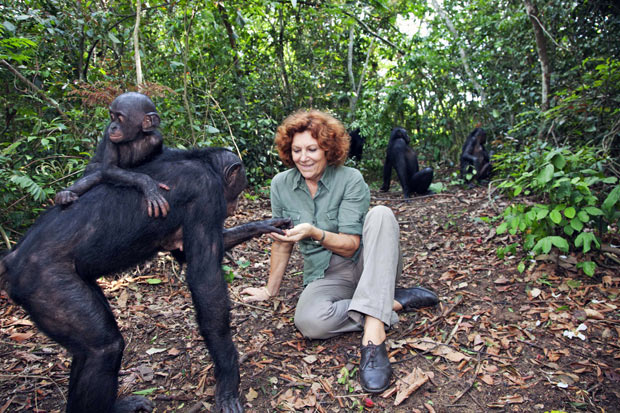
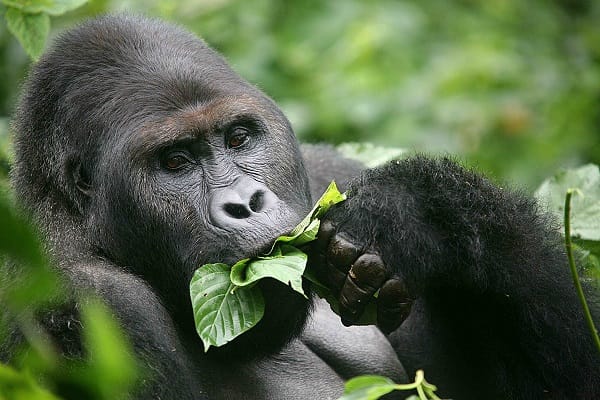
Kahuzi Beiga National Park
South Kivu’s star attraction is this national park, where you can track habituated eastern lowland gorillas (Grauer’s gorillas) for just US$400 per person, a relative bargain! The park also contains a chimp orphanage at Lwiro (US$30 per person), where between 40 and 50 chimps are kept in excellent conditions. It’s often possible to get gorilla permits for same-day hiking, and never a problem to get them with a few days’ notice. Lodge Co-Co is the best place to arrange a trip. The starting point is at Tshivanga, 30km northwest of town. Moto-taxis there and back cost about US$20 to US$30, while hiring a taxi costs US$80. It’s also possible to arrange guides at the park to take you on some excellent hikes up the mountains (US$100 per day).
Senkwekwe Gorilla Orphanage Center
Apart from mountain gorillas, the Senkwekwe Center also helps in rehabilitating young Eastern lowland gorillas by removing them away from traffickers, treating them for a given period and then transferring them to the Gorilla Rehabilitation and Conservation Education (GRACE) center for orphaned lowland gorillas. The Senkwekwe mountain gorilla sanctuary has also earned praise for its community outreach and educational activities near the center. Visiting the Senkwekwe gorilla orphanage is free for residents in Mikeno lodge. Those who are booked with other hotels need to contact the park for the possibility of visiting the center in advance. The best way to do this is by contacting our office to plan for you this visit
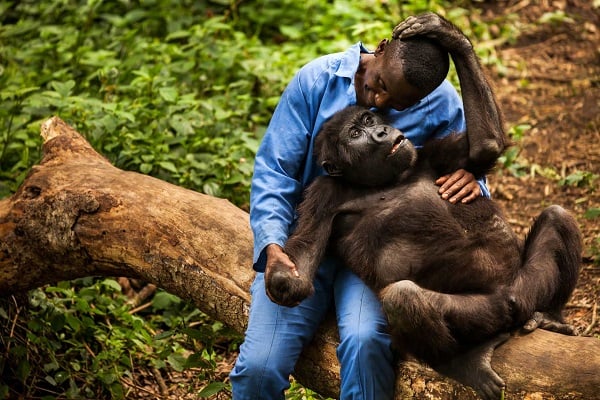
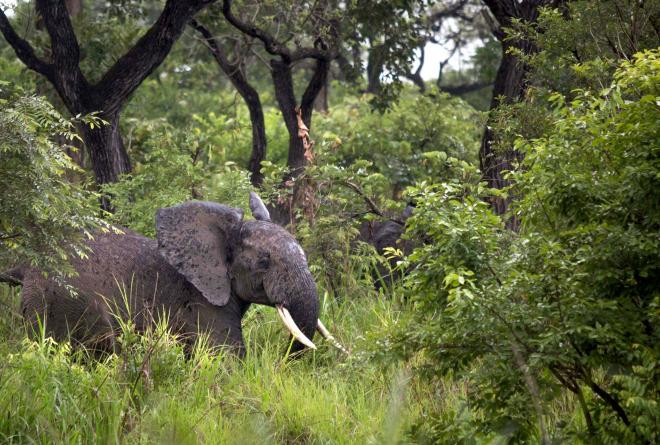
Garamba National Park
Along the Democratic Republic of Congo’s 200-kilometer border with South Sudan lies the Garamba National Park. Though less visit, the park is one of Africa’s great national parks and a UNESCO World Heritage site. Visitors on a tour of the park should expect stunning views of unending African savannah and grasslands. The park is home to elephants, giraffes, hippos, rhinoceros, antelope and several species of birds. Unfortunately, the stunning collection of large mammals found in the park is threatened by massive poaching. Caution should be taken while visiting the park on a safari as rebels and armed groups from neighboring countries have sometimes taken refuge in the deeper areas of the park.
Livingstone Waterfalls on Congo River
The Livingstone Falls consists of a series of rapids dropping 900 feet (270 m) in 220 miles (350 km). They start downstream Malebo Pool and end in Matadi in Bas-Congo. The Congo River has the second largest flow rate in the world after the Amazon, which has no falls or rapids (except near its sources). The lowest rapids of Livingstone Falls, therefore, are the world’s largest waterfall in terms of flow rate — provided one accepts these rapids as being a waterfall. An interesting aspect of the 220-mile (350 km) long Livingstone Falls is the width of the channel. The channel is very narrow: in several stretches, the channel width is less than 300 meters and for the majority of the length the channel is less than 800 meters wide. This is an extraordinarily narrow channel since the river flow rate typically exceeds 42,000 cubic meters per second (1,500,000 cu ft/s).
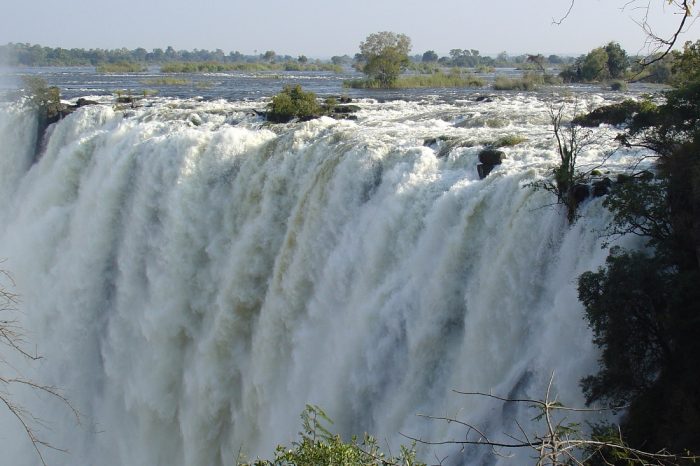
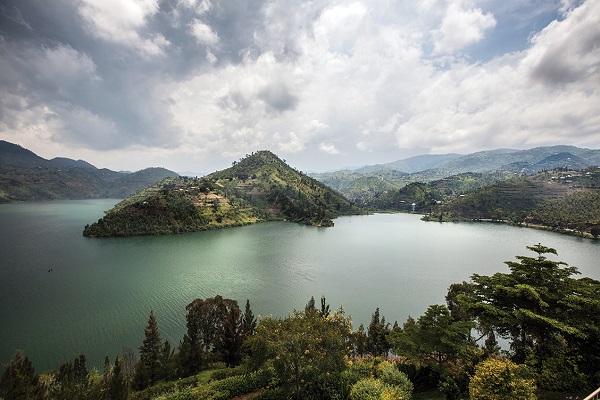
Lake Kivu Shared with Rwanda
Lake Kivu is one of the African Great Lakes. It lies on the border between the Democratic Republic of the Congo and Rwanda and is in the Albertine Rift, the western branch of the East African Rift. Lake Kivu empties into the Ruzizi River, which flows southwards into Lake Tanganyika. With many tourist attractions that are enticing to engage in, there is no better place to conclude a safari than relaxing along the shores of Lake Kivu. The lake has no crocodiles, hippos neither Bilharzia making it suitable for swimming.
Some of the main tourist activities carried out around this lake include; Swimming, Relaxation and chilling out, Beach Visits, Boat Kayaking, Kingfisher Journeys, Water Sportfishing, Coffee Tours, Hiking and Biking around Lake Kivu, Imbabazi Orphanage visits, among others
